3 Things to Know While Going Through Water Damage Restoration
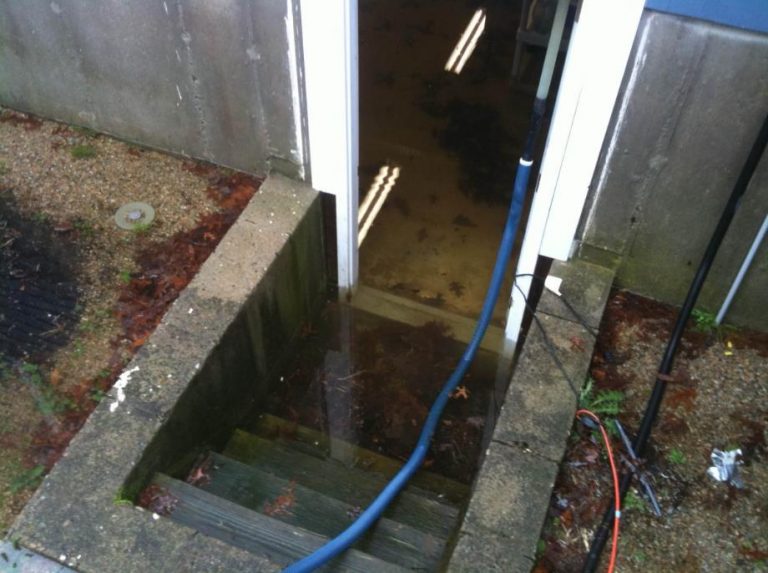
Whether your pipes are leaking, or your sewer lines have just burst, a business that has been severely damaged by water can become a major issue. If your property is affected by water damage, it’s crucial to not only identify what the cause of it could be but to also act quickly in order to […]
How to Prevent Winter Flood Damage
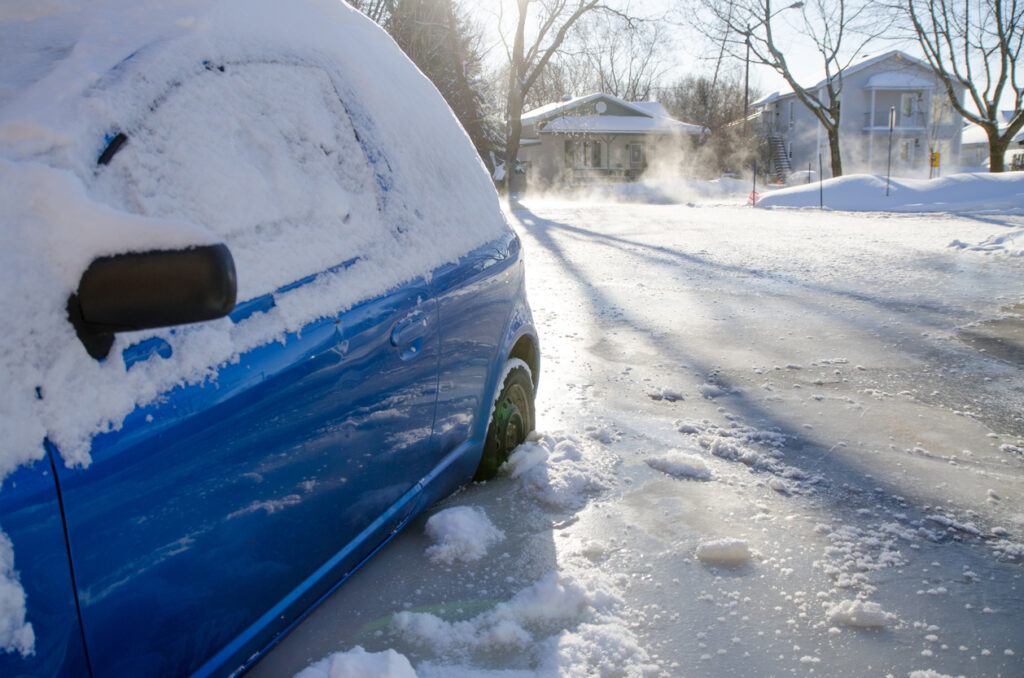
The season for winter flood damage is just around the corner! Prevent it by taking these preventative steps. Canada’s cold temperatures can wreak havoc on your plumbing system, causing serious flooding. While you can’t control the weather, you can take preventative measures to help avoid any leaks or burst pipes. Here’s a list of ways […]
Flood Damage Restoration: DIY or Call a Professional?
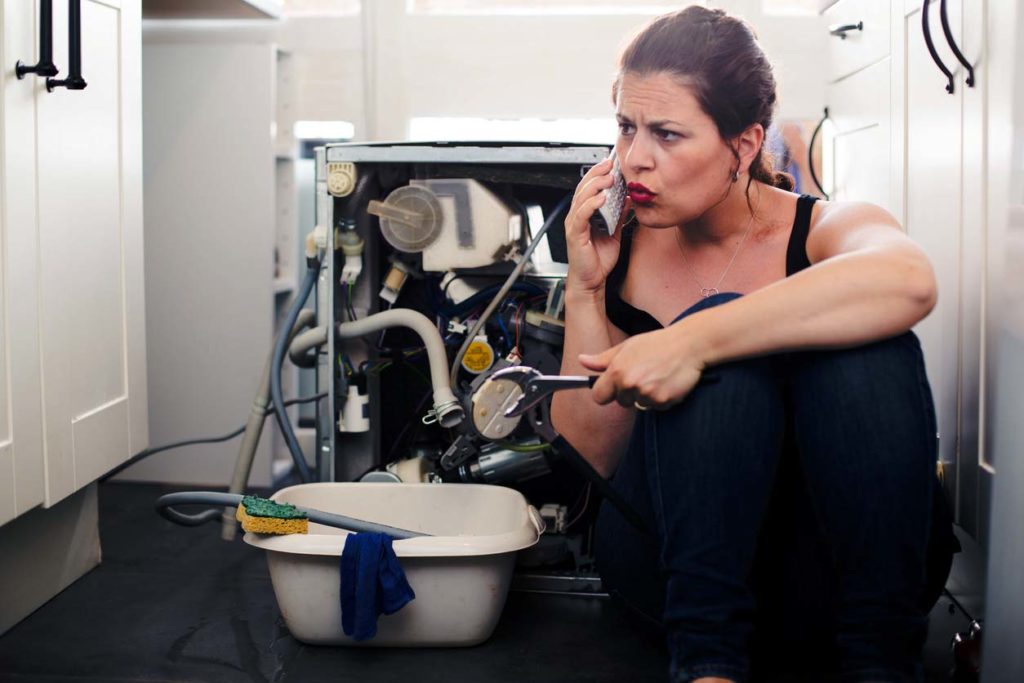
Assessing your home for flood damage can be overwhelming. Here are some of the dos and don’ts of flood repair, and some tips on when to call a professional.
Water Damage to your Ceiling? Here’s What to Do
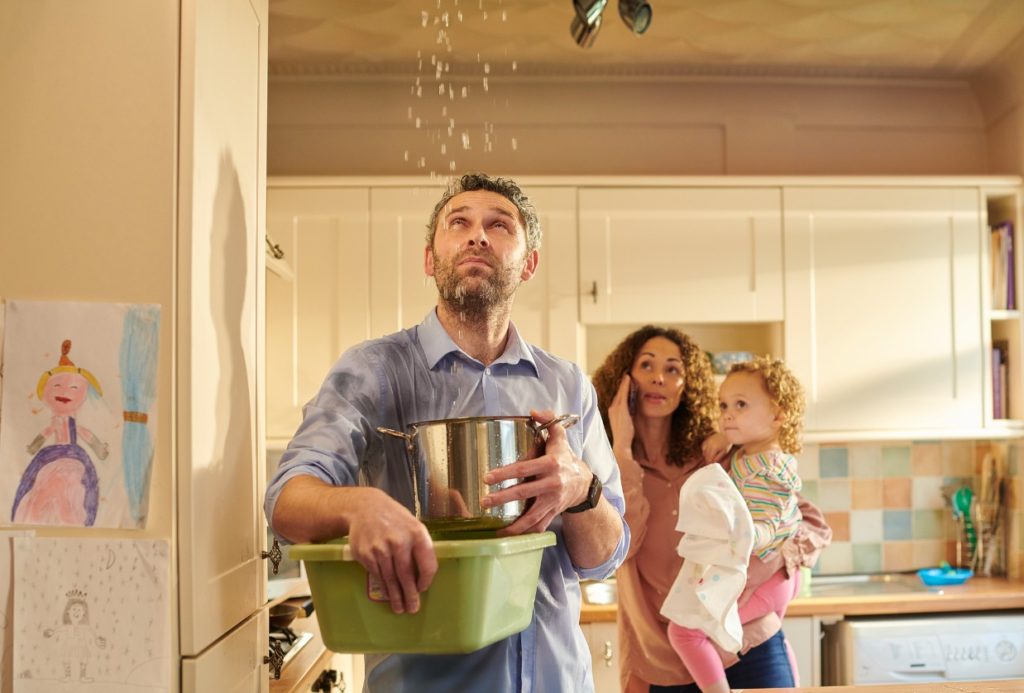
A ceiling leak needs to be taken care of quickly and carefully. Check out our step-by-step guide on how to repair water damage to your ceiling. Ceiling leaks are often easy to spot, but difficult to treat. Water damage to the ceiling is caused by a variety of issues, including burst or leaky pipes, a […]
Water Damage Restoration: How to Keep Your Property Protected
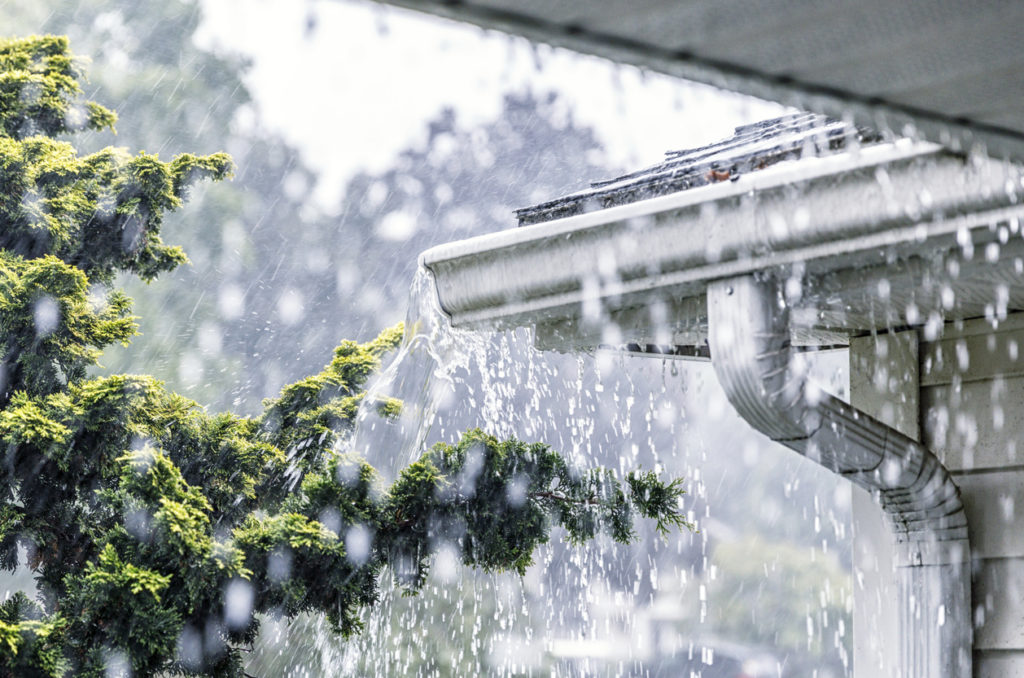
Water damage restoration is costly and time-consuming. Here’s how to prevent leaks and water damage. Water accounts for half of all Canadian home insurance claim costs, beating out theft and fire. The threat of water damage comes from both inside and outside the home, but there are plenty of preventative steps you can take to […]
Water Damage Repair: How to Fix Your Floors After a Flood
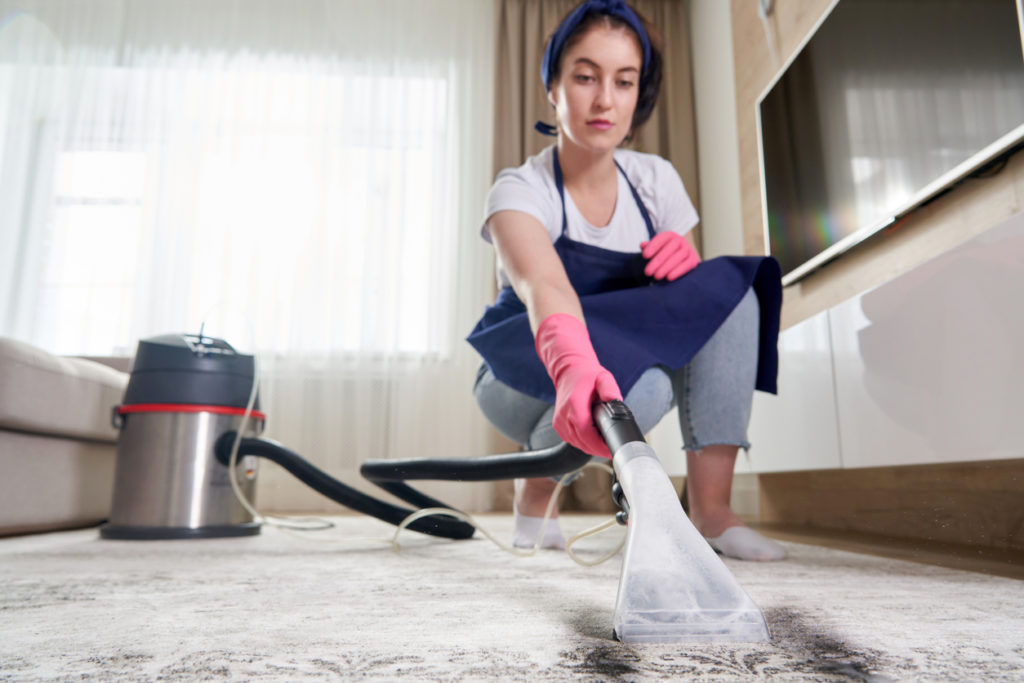
Got water damaged floors? As experts in water damage repair, here’s a guide on how to approach the clean-up, by floor type. If not handled quickly, water damage can destroy your floors and get into the sub floors. Regardless of your floor type, the first step in any water damage scenario is to find and […]
Ask a Restoration Specialist: Our Flood Recovery Checklist
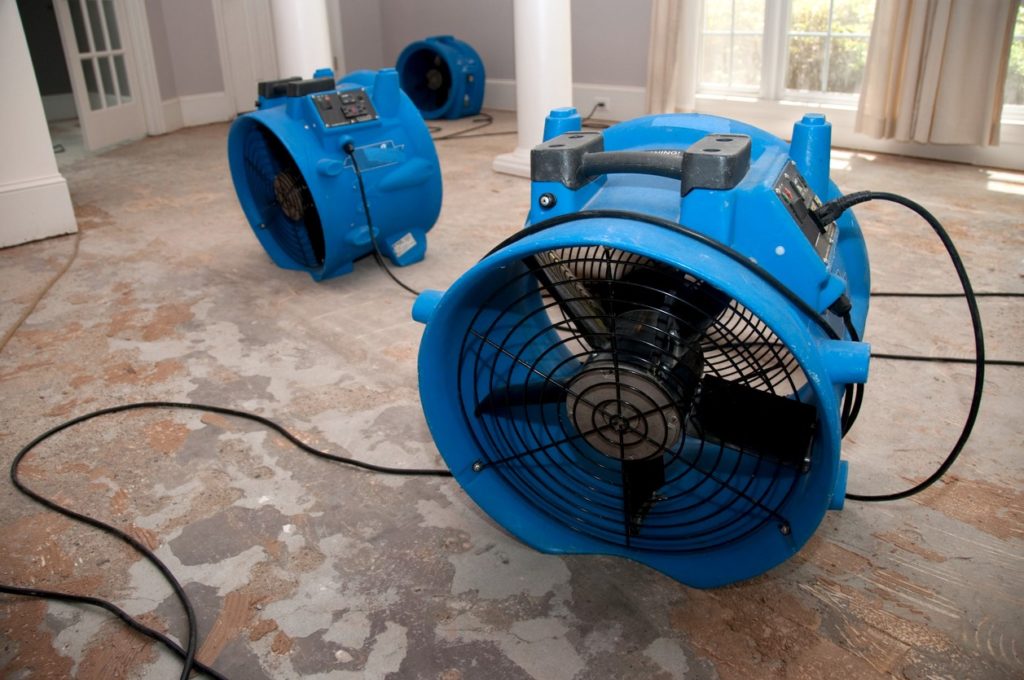
Recovering from a flood is no easy feat. Check out our flood recovery checklist to give your home its best chance.
Ask a Restoration Specialist: How to Prevent a Basement Flood
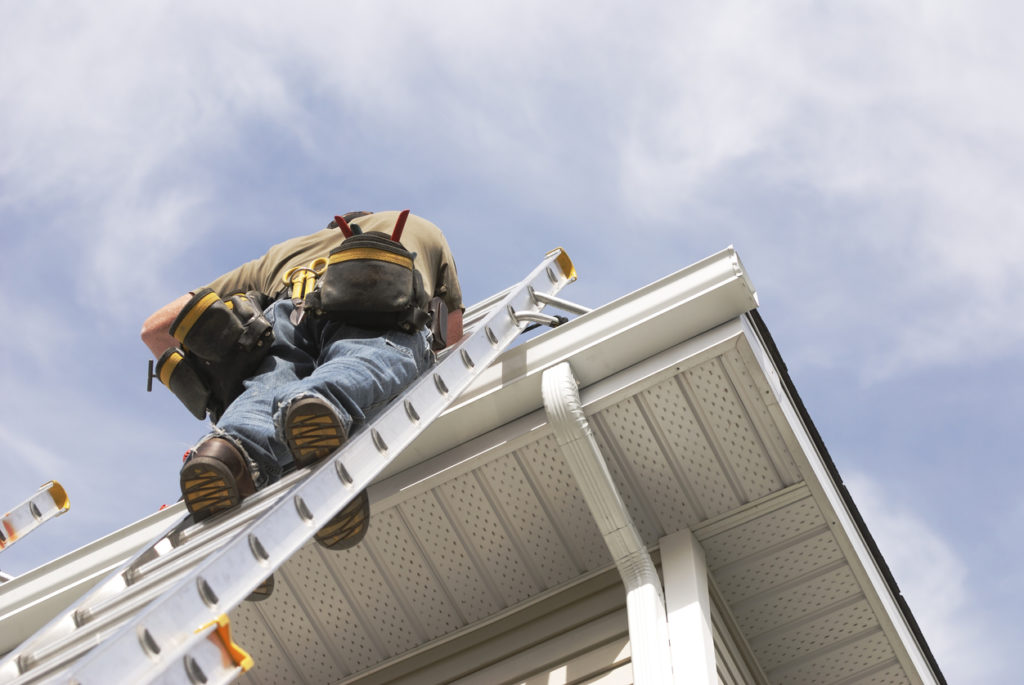
Some basic home upgrades and a keen eye can go a long way to preventing a costly basement flood. Tackle these six projects to get your home flood-ready.
Top Five Tips For Preventing Basement Flooding
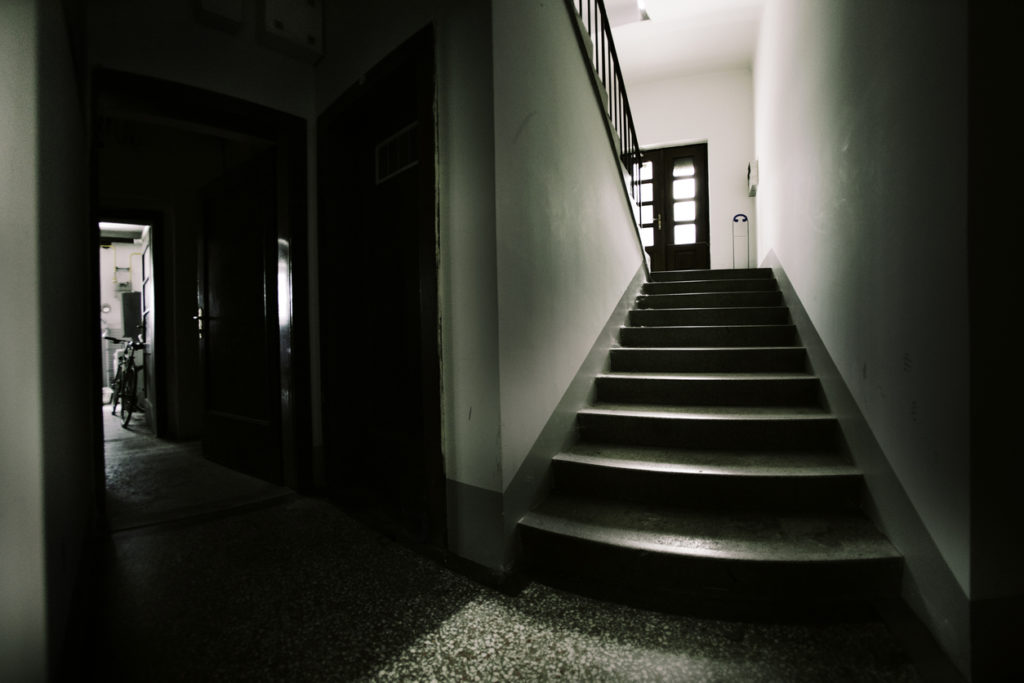
Every home with a basement carries a risk of basement flooding. Here’s a quick overview on how to prevent it from happening. When it comes to protecting your home from damage, one of the best places to start is to safeguard your home’s basement from flooding. So today, we would like to share with you […]
How to Prevent Spring Water Damage

In Canada, spring can mean a lot of wet weather and big storms. Here’s a quick guide on how to make sure that water damage from a flood is the least of your concerns.

